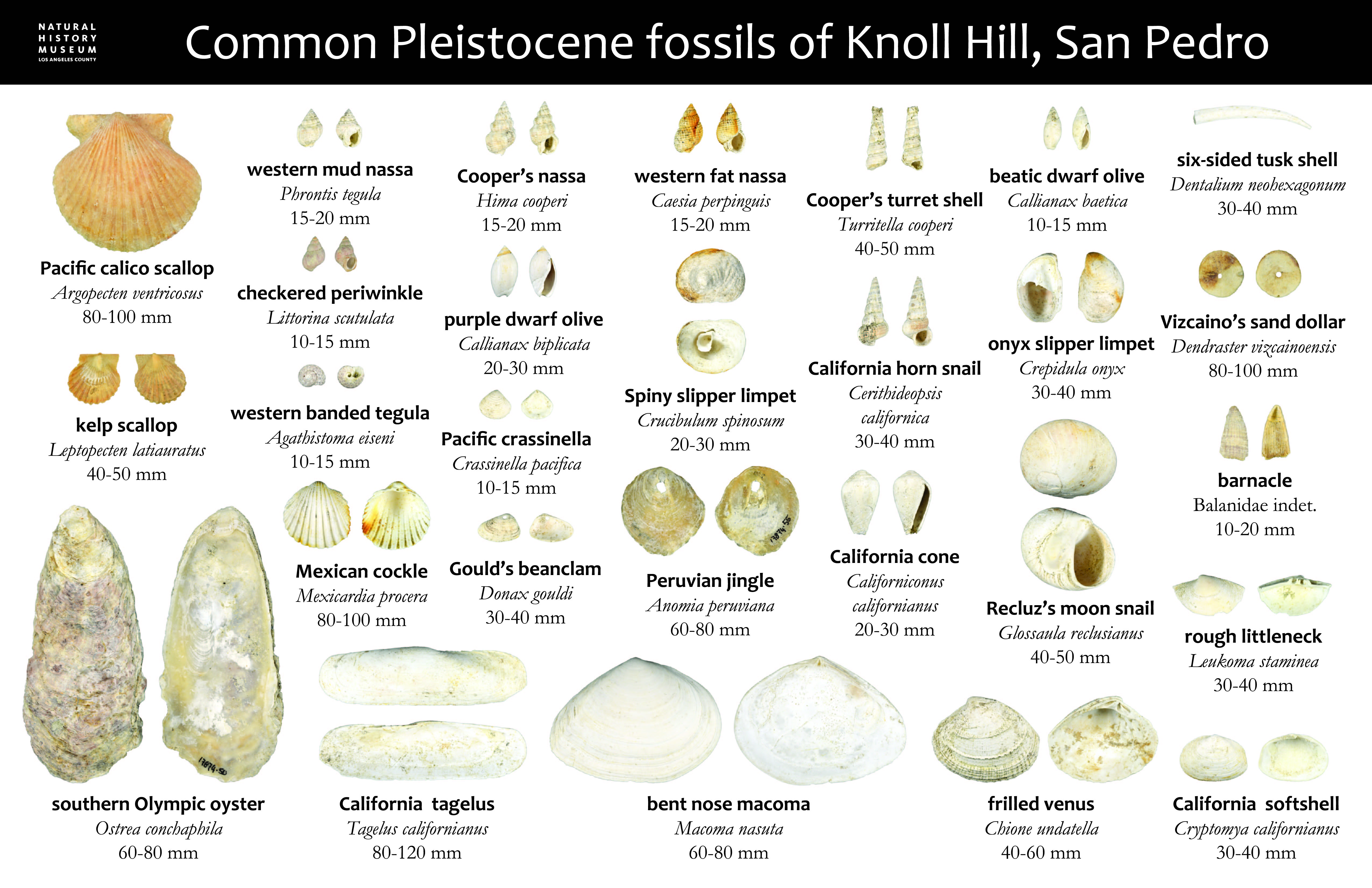Paleontology organizations
Southern California Paleontological Society
The Southern California Paleontological Society (SCPS), founded January 5, 1960, is a non-profit organization which pledges itself to work in cooperation with scientific institutions and for the preservation of the fossil record. Participation is invited in the program to collect, preserve, and study paleontological material. The SCPS meets monthly at the NHM Page Museum at La Brea Tar Pits in Los Angeles and has regular field trips to southern Californian collecting sites.
Anza-Borrego Desert State Park Paleontological Society
The Anza-Borrego Desert State Park Paleontology Society (ABDSPPS) is an organization where volunteer researchers develop the knowledge and skills needed to build, support and maintain an internationally significant paleontology program. It ensures that members can participate actively and responsibly in discovering, protecting, preserving and interpreting the fossil resources from the ancient past in this unique environment. The ABDSPP meet monthly at the Anza-Borrego Desert State Park in Borrego Springs, CA.
Fossils for Fun
The Fossils For Fun Society (FFF) based in Sacramento, CA seeks to promote fellowship, and to gain and disseminate knowledge through the study of fossils. The FFF meets on the 2nd Thursday of each month at 7:00 pm at The Women’s Thursday Club (10625 Fair Oaks, CA). Educational Programs are presented at these meetings by members or guest speakers. FFF also donates to a college or a college student each year, with funds to further the study of paleontology and related fields.
Identification resources
LACMIP Identification posters & guides
We regularly produce identification posters, guides, and plates for education activities, outreach events, and field trip guidebooks. We are also compiling images on Flickr to assist others with specimen identification.
Common Pleistocene fossils of Knoll Hill, San Pedro (downloadable jpeg, 2 MB, to be printed @ 11×17 ). High resolution PDF available on request.
Tertiary Marine Pelecypods of California and Baja California
This is a series of books by Ellen Moore describing and illustrating the Tertiary marine bivalves of California and Baja California. Original descriptions and previously published supplementary descriptions and comparisons are included. Geographic and geologic range data are given for each species, and habitats for the living species. Five of the books have been issued as Chapters A through E of U.S. Geological Survey Professional Paper 1228, which are linked below. Chapters F and G are published online only.
Moore, E.J. (1983). Tertiary Marine Pelecypods of California and Baja California: Nuculidae through Malleidae. U.S. Geological Survey Professional Paper 1228-A
Moore, E.J. (1984). Tertiary Marine Pelecypods of California and Baja California: Propeamussiidae and Pectinidae. U.S. Geological Survey Professional Paper 1228-B
Moore, E.J. (1987). Plicatulidae to Ostreidae. U.S. Geological Survey Professional Paper 1228-C
Moore, E.J. (1988). Lucinidae through Chamidae. U.S. Geological Survey Professional Paper 1228-D
Moore, E.J. (1992). Erycinidae through Carditidae. U.S. Geological Survey Professional Paper 1228-E
Moore, E.J. (2003). Tertiary marine pelecypods of California and Baja California, Chapter F: Crassatellidae, Cardiidae, Mactridae, Mesodesmatidae, Solenidae, Pharidae.
Moore, E.J. (2003). Tertiary marine pelecypods of California and Baja California, Chapter G: Tellinidae, Donacidae, Psammobiliidae, Semelidae.
Other important United States Geological Survey publications
Addicott, W.O. (1966). Late Pleistocene marine paleoecology and zoogeography in central California. U.S. Geological Survey Professional Paper 523-C
Addicott, W.O. (1970). Miocene gastropods and biostratigraphy of the Kern River area, California. U.S. Geological Survey Professional Paper 642
Addicott, W.O. (1973). Oligocene molluscan biostratigraphy and paleontology of the lower part of the type Temblor Formation, California. U.S. Geological Survey Professional Paper 791
Powell, C.L. (2008). Pliocene Invertebrates From the Travertine Point Outcrop of the Imperial Formation, Imperial County, California. U.S. Geological Survey Scientific Investigations Report: 2008-5155
Powell, C.L., II, Allen, J.R., Holland, P.J. (2004). Invertebrate Paleontology of the Wilson Grove Formation (Late Miocene to Late Pliocene), Sonoma and Marin Counties, California, with some Observations on Its Stratigraphy, Thickness, and Structure. U.S. Geological Survey Open-File Report 2004-1017
Woodring, W.P. (1938). Lower Pliocene mollusks and echinoids from the Los Angeles Basin, California, and their inferred environment. U.S. Geological Survey Professional Paper 190
California fieldtrip guides
A Beginner’s Fossil Guide to the Northern California Coast
A very readable, yet detailed, guide to some of the geologic features and fossil collecting localities of Humboldt County, in northern California.

